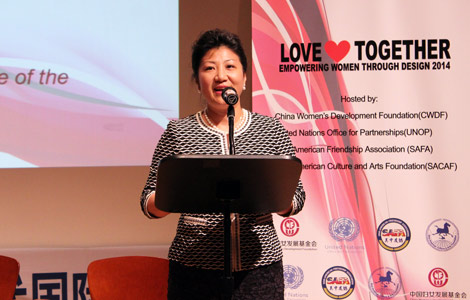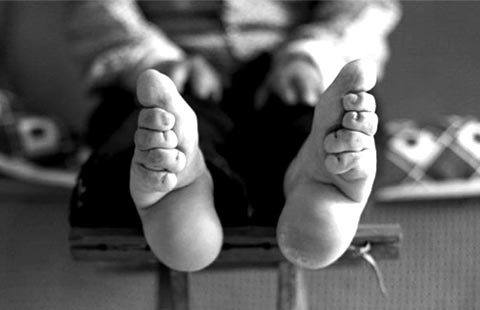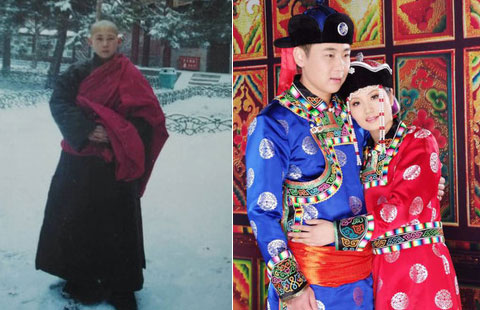Achieving the happily ever after
Updated: 2014-08-06 07:19
By Adam Minter (China Daily)
|
||||||||
Romance fiction is wildly popular but still doesn't get its due in mainstream cultural media, finds Adam Minter.
It was on Saturday night, the fourth and final evening of the Romance Writers of America Annual Conference, that I finally faced feelings of inadequacy. In retrospect, it was an inevitable crisis, but not for the reasons I would have expected. It had nothing to do with that Friday workshop filled with more than 100 women discussing Alpha Heroes (strong, possessive men who love passionately) and why they, romance readers and writers, love them. Or with the tall, handsome cowboys at Amazon's party on Thursday night while I stood in a corner, nursing a bottle of water.
The conference, held last month in San Antonio, is a largely female affair. This year, it attracted more than 2,100 writers, editors, publishers, publicists and anyone else with an artistic and/or commercial interest in the popular book genre. According to RWA, 91 percent of those who buy romance books are women and so I, expecting to be marginalized to some degree, was not surprised when I was.
What shook me were the sales numbers announced as various literary luminaries took the stage at Saturday's Rita awards - named for Rita Clay Estrada, RWA's first president, and more or less the Oscars of the romance genre. To offer just one example: Author Stella Cameron's online biography was read before she arrived on stage to present this year's Rita for Romantic Suspense. It opens, "Stella Cameron is a New York Times and USA Today best-selling author. With over 14 million copies of her books in print".
That is not the kind of number that you generally hear being widely thrown around at other book industry conferences. In my genre of so-called "serious" non-fiction, selling 1,000 copies of an e-book a month is highly respectable. In the hyper-charged world of romance, that is often barely a start. Of the roughly a dozen workshops I attended at the conference, it felt like all but a few had a New York Times or USA Today best-selling author on the panel.
None of this should come as a surprise. According to RWA's website, in 2012, romance fiction held the largest share - 16.7 percent - of any genre in the United States consumer book market. That amounted to almost $1.438 billion in US sales.
This year the genre even infatuated business magnate Rupert Murdoch: In May, News Corporation announced it would buy Harlequin Enterprises, one of the world's biggest romance publishers, for $417 million.
But for all its commercial and cultural importance, the romance genre often feels as though it does not get its due from mainstream cultural media. Last year, when the New York Times Book Review asked 15 writers to answer questions regarding sex and writing for its Sex Issue, not one romance writer was in the mix. New York Times best-selling romance writer Sarah MacLean expressed her dismay in a letter to the editor.
Neither elite opinion nor sales numbers seemed to be an outward concern of those at the conference. Everyone seemed to be having too much fun talking about how to write and sell romance novels. The end goal is to achieve the Happily Ever After. The hard work of getting there - taking two people and figuring out how to resolve their conflicts in a way that leaves the reader satisfied - is the business of modern romance writers.
It is, in fact, a more interesting and better written business than tired stereotypes and Fifty Shades Of Grey might suggest. Linda Francis Lee and Eloisa James led my Alpha Hero workshop; the real Eloisa James (a pen name) is a tenured Shakespeare scholar at Fordham University. The next day, in an adjoining room, the standing room-only How To Write Hot Sex panel was immediately followed by the more literary and historically based, Angst And Affability: Using Jane Eyre And Pride And Prejudice To Craft New Adult And Contemporary Romance.
At the conference, there seemed no hint of doubt that the future of the industry looks just as bright as the past. Romance publishers are at the cutting edge of e-books. At least according to one study, digital is the most popular format in which romances are now purchased. The RWA just launched an app for iOS and Android that connects readers and writers to a database of romance.
Romance queen Nora Roberts, 210 novels and millions of dollars to her name, summarized her decades of work during a "chat" for star-struck attendees: In the end it all comes down to "happily ever after, good overcomes evil". It is a simple message but, in a world that seems increasingly bereft of happy endings, it is one whose appeal seems only to be growing.
(China Daily 08/06/2014 page22)
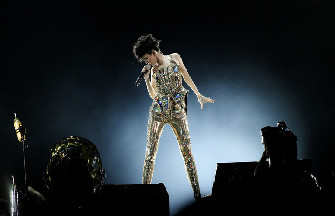
 Star Stefanie Sun holds concert in Beijing
Star Stefanie Sun holds concert in Beijing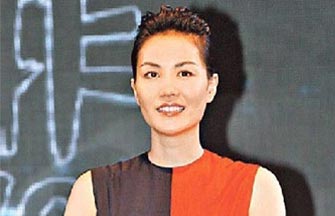
 Faye Wong's manager refutes star's drug rumors
Faye Wong's manager refutes star's drug rumors
 Lu Yi and daughter Bei Er pose for street snaps
Lu Yi and daughter Bei Er pose for street snaps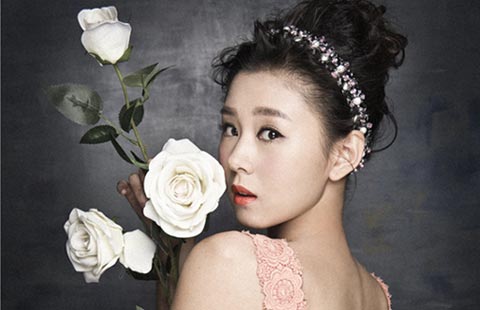
 Photoshoots of actress Li Xiaomeng
Photoshoots of actress Li Xiaomeng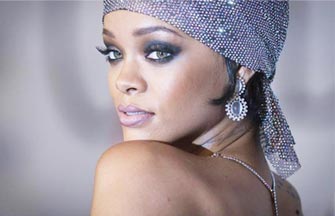
 Council of Fashion Designers of America Awards
Council of Fashion Designers of America Awards
 Fan Bingbing, first Chinese actress in Barbie Hall of Fame
Fan Bingbing, first Chinese actress in Barbie Hall of Fame
 Awarding ceremony of 2014 hito Pop Music held in Taipei
Awarding ceremony of 2014 hito Pop Music held in Taipei
 Zhao Liying's photo shoot for Children's Day
Zhao Liying's photo shoot for Children's Day
Most Viewed
Editor's Picks

|

|

|

|

|

|
Today's Top News
Barrier lakes pose threat in quake-hit Ludian
2 Canadians probed in theft of State secrets
Envoy dismisses building freeze in S. China Sea
Microsoft gets warning: Don't block watchdog
New York tests possible Ebola victim
Premier Li visits Yunnan quake site
373 dead as strong quake jolts SW China
US ready to help China in quake relief
US Weekly

|

|

